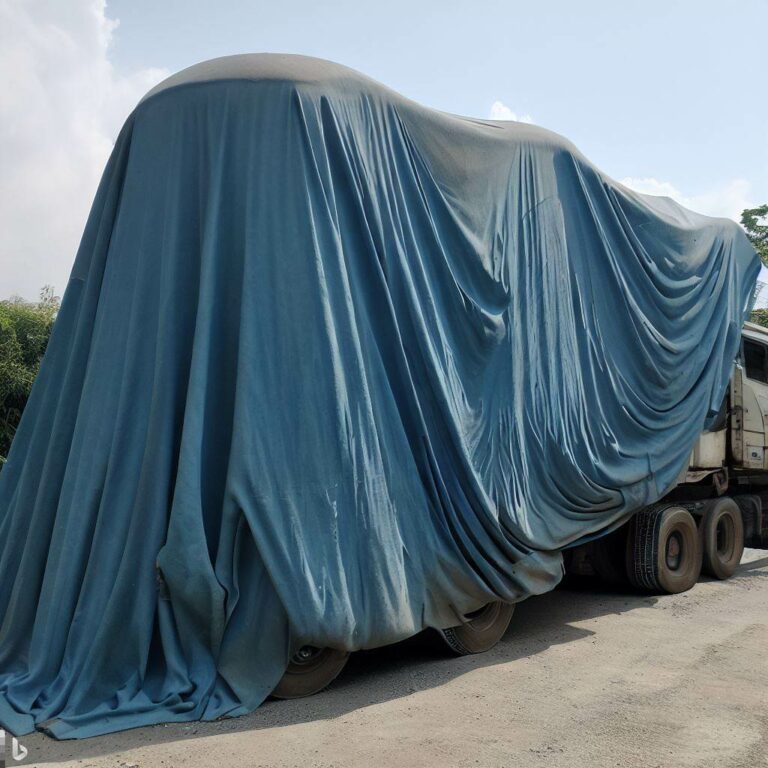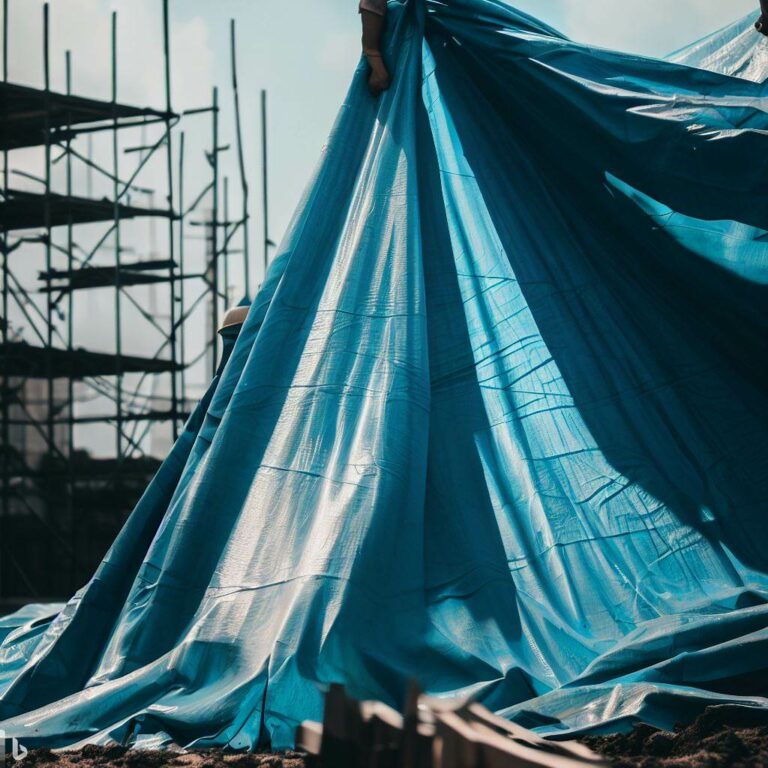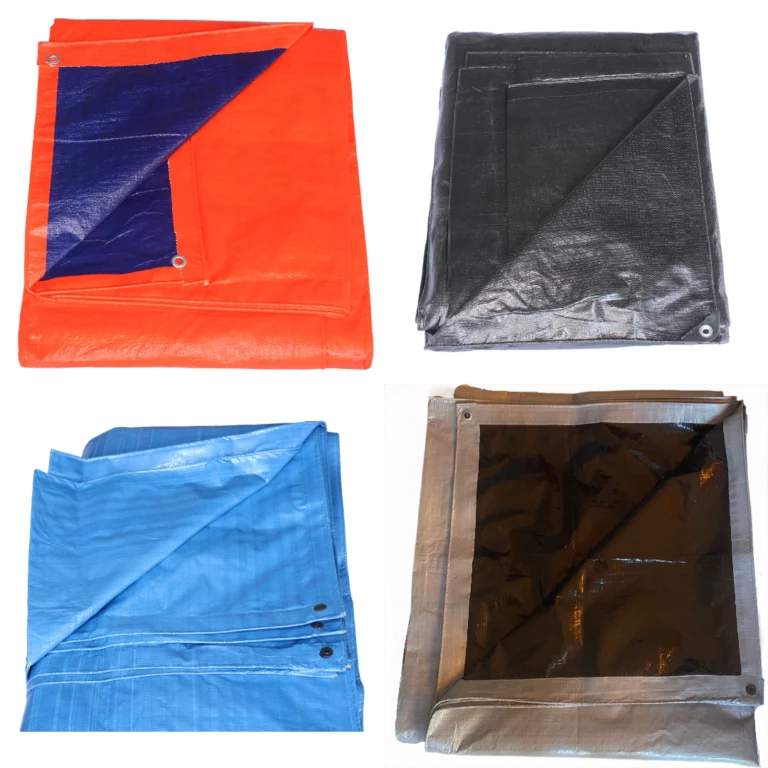5 Roles of Tarpaulin in Disaster Relief: Ultimate Protection
Introducing the ultimate protection in disaster relief efforts – Tarpaulin! As a crucial resource in times of crisis, tarpaulin plays multiple roles that are vital for providing immediate aid to those affected by disasters. From emergency shelters to logistics, this versatile material serves as a lifeline in disaster relief operations.
In this blog post, we will explore five key roles of tarpaulin in disaster relief efforts, highlighting their significance and relevance to you, the reader. So, let’s dive in and uncover how tarpaulin is a game-changer in disaster relief!
Understanding Tarpaulin
Tarpaulin is a strong, flexible, and waterproof material made of polyester or canvas fabric coated with polyethylene. It is available in various sizes, thicknesses, and colors, making it adaptable for different applications.
Tarpaulin sheets are resistant to UV rays, tear-resistant, and protect against extreme weather conditions. Tarpaulin is commonly used in industries such as agriculture, construction, transportation, and logistics due to its durability and versatility.
Related: What is Tripal/Tarpaulin? Beginner’s Guide to Tripal
Roles of Tarpaulin in Disaster Relief
There are various roles of tarpaulin in disaster relief efforts due to its versatility and adaptability. Here are some of how tarpaulin is used in disaster relief:
Protecting against Extreme Weather
During disasters such as hurricanes, heavy rainfall, or snowstorms, affected populations are often left exposed to the elements. Tarpaulin sheets are used to create temporary shelters and cover damaged roofs to protect against rain, snow, and wind.
Tarpaulin is also used to create temporary enclosures for medical facilities, food distribution centers, and storage areas to protect essential supplies and equipment from the elements.
Shelter and Temporary Housing
Disaster-affected populations often require temporary shelters and housing solutions. Tarpaulin sheets are used to create emergency shelters, tents, and temporary housing units to provide immediate protection and privacy to those displaced by disasters. Tarpaulin can be easily set up and dismantled, making it an ideal solution for temporary shelters in disaster-prone areas.
Medical Facilities and Field Hospitals
During disasters, medical facilities are often overwhelmed with patients requiring immediate medical attention. Tarpaulin is used to create field hospitals, triage areas, and mobile medical units to provide emergency medical services to affected populations.
Tarpaulin sheets can be used to create partitions, privacy screens, and flooring for medical facilities, ensuring a safe and hygienic environment for patients and healthcare providers.
Food and Water Storage
Disasters often disrupt the supply chains of food and water, leaving affected populations without access to necessities. Tarpaulin sheets are used to create temporary storage facilities for food and water supplies.
Tarpaulins can be used to create covers for trucks, warehouses, and distribution centers, protecting essential supplies from spoilage, contamination, and theft.
Transportation and Logistics
During disaster relief operations, transporting essential supplies and equipment to affected areas can be challenging. Tarpaulin is used to create protective covers for trucks, trailers, and other vehicles used for transportation and logistics.
Tarpaulin covers can protect supplies from exposure to weather, dust, and debris during transportation, ensuring that essential items reach the affected areas safely and in good condition.
Challenges in Using Tarpaulin in Disaster Relief
While tarpaulin is a valuable resource in disaster relief efforts, there are also challenges associated with its use:
Availability and Distribution
One of the challenges in using tarpaulin in disaster relief is the availability and distribution of an adequate supply of tarps.
Following a disaster, the urgent need for tarpaulin can skyrocket, leading to scarcities and delays in the procurement and distribution process.
Coordination and logistics are crucial in ensuring that tarps reach the affected areas promptly and efficiently.
Quality and Durability
The quality and durability of tarpaulin sheets can also be a concern. Poor-quality tarps may not provide adequate protection against extreme weather conditions or may tear easily, compromising their effectiveness.
When it comes to disaster relief scenarios, where tarpaulins are exposed to challenging conditions, it is crucial to prioritize high-quality tarps that can endure the demands of relief operations.
Cultural Sensitivities
Cultural sensitivities and local customs may also affect the use of tarpaulin in disaster relief efforts. For example, in some communities, the use of tarps for temporary shelters or housing may not be culturally acceptable or may not align with local building practices.
It is crucial to consider and respect local customs and sensitivities when using tarpaulin in disaster relief efforts to ensure that the solutions are culturally relevant and accepted by the affected populations.
Environmental Impact
Another challenge in using tarpaulin in disaster relief is the potential environmental impact. Tarpaulin sheets are typically made of synthetic materials, which can have environmental implications, such as contributing to plastic waste and pollution.
Proper disposal and recycling of used tarps are necessary to mitigate their environmental impact and promote sustainable practices in disaster relief operations.
Innovations in Tarpaulin for Disaster Relief
Despite the challenges, there have been innovations in tarpaulin technology and usage for disaster relief efforts:
Technological Advancements
Advancements in tarpaulin technology have led to the development of more durable, lightweight, and weather-resistant tarps. For example, there are tarps with reinforced edges, UV-resistant coatings, and fire-retardant properties, making them more suitable for disaster relief applications.
Additionally, there are tarps with built-in grommets, ropes, and fasteners, making them easier to install and secure in emergencies.
Sustainable and Eco-friendly Options
To address the environmental impact of tarpaulin, there are now sustainable and eco-friendly options available. Some tarps are made from recycled materials or biodegradable fabrics, reducing their impact on the environment.
These eco-friendly tarps are designed to degrade naturally over time, minimizing their contribution to plastic waste and pollution.
Customization for Cultural Relevance
Innovations in tarpaulin for disaster relief also include customization for cultural relevance. Some organizations now offer tarps that are designed to cater to specific cultural sensitivities and local customs.
For example, tarps with traditional patterns or colors that are culturally accepted by the affected populations can be used for temporary shelters or housing, ensuring that the solutions are culturally relevant and accepted.
Some Statistics on Tarpaulin
- Tarpaulin tents procurement and distribution are the immediate first-phase disaster response initiatives.
Source: An Investigative Study on Material and Its Performance of Intermediate Disaster Relief Shelters
- In the fiscal year 2020, governments spent a combined total of $29.6 billion on disaster relief .
Source: https://usafacts.org/topics/disasters/
Conclusion
As you may have seen there are massive roles of tarpaulin in disaster relief efforts by providing quick and effective solutions for protection, shelter, and logistics.
Despite challenges such as availability, quality, cultural sensitivities, and environmental impact, innovations in tarpaulin technology and usage have contributed to its effectiveness in disaster relief operations. With disasters persistently afflicting various parts of the world, tarpaulin remains an invaluable asset in delivering prompt assistance to those affected.
Frequently Asked Questions (FAQs)
-
How can tarpaulin be used in disaster relief efforts?
Tarpaulins can be used in various ways in disaster relief efforts, including as temporary shelters, covers for supplies and equipment, and protection against weather elements.
It can also be used for logistics, such as creating makeshift roofs, walls, and flooring for emergency shelters, or as a barrier against debris and dust during transportation.
-
What are the challenges in using tarpaulin in disaster relief?
Some challenges in using tarpaulin in disaster relief include the availability and distribution of adequate supplies, ensuring the quality and durability of the tarps, addressing cultural sensitivities and local customs, and mitigating potential environmental impact.
-
How can technological advancements address the challenges of using tarpaulin in disaster relief?
Technological advancements in tarpaulin, such as reinforced edges, UV-resistant coatings, fire-retardant properties, built-in grommets and fasteners, and sustainable and eco-friendly options, can address challenges related to durability, ease of installation, and environmental impact.
-
What is the role of tarpaulin?
Tarpaulin serves a crucial role in disaster relief efforts as it can be used for temporary shelter, protection from the elements, and as a versatile covering for various objects and surfaces.
-
What are other uses of tarpaulin?
Apart from disaster relief, the tarpaulin is commonly used for camping, gardening, construction, and transportation, and as a temporary cover for vehicles, boats, and equipment.
-
What is the useful life of tarpaulin?
The useful life of tarpaulin depends on various factors such as the quality of the material, frequency of use, and exposure to weather conditions. Generally, heavy-duty tarpaulins can last for several years, while lighter ones may need replacement more frequently.
-
What are the uses of heavy-duty tarpaulin?
The heavy-duty tarpaulin is designed for more demanding applications and can be used for covering large machinery, and construction sites, and as a durable shelter in extreme weather conditions.
-
Do tarps prevent sun damage?
Tarpaulins made of UV-resistant materials can provide protection against sun damage, but not all tarps are designed for this purpose. It’s important to check the specifications of the tarpaulin to ensure it offers adequate sun protection.
-
Does tarpaulin reduce heat?
Tarpaulin can provide some degree of heat reduction by blocking direct sunlight and creating shade. However, the extent of heat reduction depends on various factors such as the color, thickness, and placement of the tarpaulin.
-
What are the hazards of tarpaulin?
Some potential hazards of tarpaulin include tripping or slipping on uneven surfaces, entanglement or suffocation risks if used improperly as a shelter, and potential damage to objects or surfaces if not properly secured or protected by the tarpaulin. It’s important to follow safety guidelines and use tarpaulin appropriately to mitigate these hazards.
In conclusion, the massive roles of tarpaulin in disaster relief are shown due to its efforts in providing versatile and effective solutions for protection, shelter, and logistics.
Despite challenges, innovations in tarpaulin technology and usage have addressed some of the issues associated with its use, making it an invaluable resource in providing immediate assistance to those affected by disasters.
Proper coordination, quality control, cultural sensitivity, and sustainable practices are essential in maximizing the benefits of tarpaulin in disaster relief operations.




